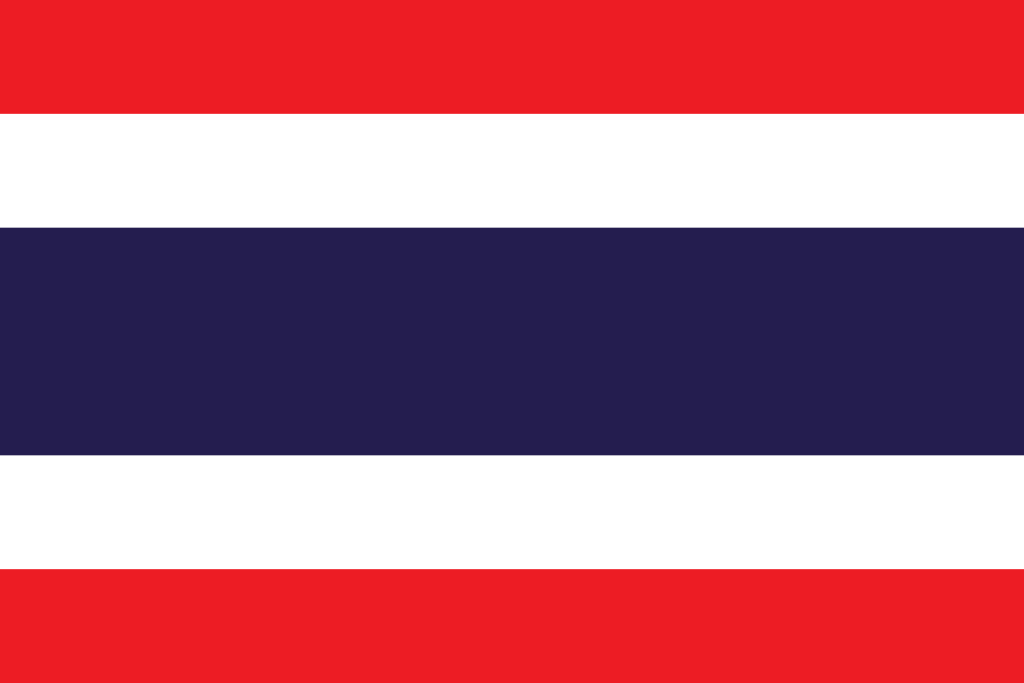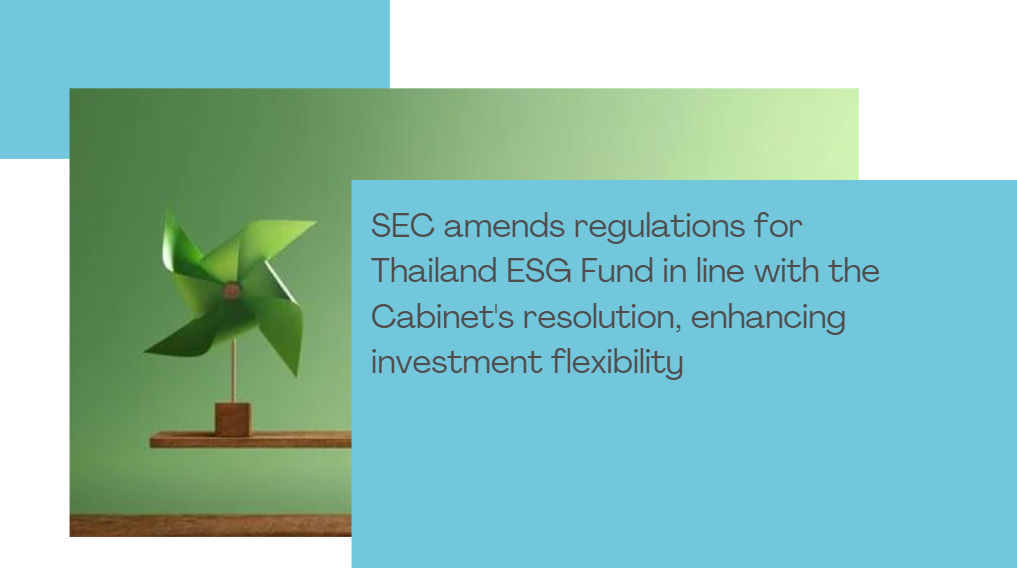Press Release on the Economic and Monetary Conditions for July 2024
Summary
·The Thai economy showed improvement after a slowdown in the previous month, driven by rising external demand. Increases in exports and tourism revenue positively affected manufacturing and related service sector activities. Private investment increased from the previous month, while private consumption remained stable. However, consumer and business sentiment continued to decline, partly due to concerns over slow economic growth. Government spending expanded from the previous year in both current and capital expenditures of the central government, although investment spending by state-owned enterprises contracted due to lower disbursements in transportation projects.
·On the economic stability front, headline inflation rose compared to the previous month, driven by higher prices in the fresh food category and increased core inflation. Fresh food prices went up due to a low base effect and a rise in fruit prices following reduced output. Core inflation increased mainly from higher prices of prepared food. The current account registered a lower surplus primarily due to a smaller trade surplus resulting from higher import of goods, while services, income, and transfers account showed a deficit closed to the previous month. The labor market continued to improve as employment increased in both manufacturing and service sectors. Nevertheless, the ratio of jobless claims to total contributors edged up and warranted a close monitoring.
Details of the economic conditions for July relative to the previous month are as follows:
The value of merchandise exports, excluding gold and adjusted for seasonality, increased from the previous month, and increased in several categories. This increase was partly attributable to a precautionary action against potential shipping delays in recent and upcoming periods. In particular, 1) exports of electronic products grew due to higher shipments of communication equipment to Malaysia, integrated circuits to Malaysia and Europe, and computers to Taiwan and Hong Kong, 2) agro-manufacturing products saw a rise, following higher exports of vegetable oil to India and rubber to China, and 3) chemical and petro-chemical products experienced higher demand, following an expansion in chemical coating production capacity in India. However, exports of some products declined, including pick-up trucks to Australia, the Philippines and the Middle East.
The number of foreign tourist arrivals, after seasonal adjustment, remained stable compared to the previous month. Although the number of tourists from the Middle East and India declined following a good expansion in the previous period, tourists from other countries, such as Malaysia, China, Russia, and Germany increased. However, tourism revenue, after seasonal adjustment, rose due to higher average spending per visitor, especially by tourists from Russia and Germany.
The manufacturing production index, after seasonal adjustment, increased from the previous month in several categories. In particular, production of 1) automotive increased to support near-term exports, which was affected by geopolitical conflict in the Middle East, 2) rubber and plastic sector, which grew following a higher export of rubber products, 3) other sectors, which benefited from increased production of machinery, such as electric motors and transformers. Nevertheless, petroleum production declined after a good expansion in the previous month.
Private investment indicators, after seasonal adjustment, increased from both investment in machinery and equipment, as well as construction. Several indicators showed improvement, particularly imports of capital goods, registration of commercial vehicles, sales of domestic machinery and equipment, and permitted areas for housing purpose. However, sales of construction materials such as concrete piles and sanitary wares declined. Additionally, business sentiment in investment continued to decline, especially in the automotive, real estate, and retail sectors.
Private consumption indicators, after seasonal adjustment, remained steady compared to the previous month. Spending on services rose aligning with increased passenger transportation activities. In addition, spending on semi-durables and durables increased after a decline in the previous month. Spending on non-durables, however, decreased due to lower fuel consumption. Consumer confidence continued to decline driven by concerns over elevated living costs from higher energy prices, slow economic growth, and political uncertainty.
The value of merchandise imports, excluding gold and adjusted for seasonality, increased from the previous month across all major categories. This increase was mainly driven by 1) imports of raw materials and intermediate goods, following increased imports of fuel, as well as imports of electronic parts and electrical appliances from Taiwan and South Korea, 2) imports of capital goods excluding aircrafts, due to higher imports of computers from Taiwan, and 3) imports of consumer goods such as electric vehicles (EV) and electrical appliances from China.
Public spending, excluding transfer payments, expanded from the same period last year, driven by both current and capital expenditures of the central government following the enactment of the Budget Act, B.E. 2567. Current expenditure expanded due to the disbursement for pensions, medical expenses for public servants, and compensation for state employees. Capital expenditure also expanded due to the disbursement for transportation and irrigation projects. However, investment spending by state-owned enterprises contracted due to reduced disbursements for transportation projects.
On the economic stability front, headline inflation increased from the previous month due to higher prices in the fresh food category and higher core inflation. Fresh food prices climbed because of a low base last year and a rise in fruit prices following a lower output. Core inflation increased mainly from higher prices of prepared food. Meanwhile, energy inflation decreased due to the high base effect of benzene prices last year. The labor market continued to improve, as reflected by the increase in the number of insured people in the social security system in both the manufacturing and service sectors, However, the ratio of jobless claims to total contributors edged upward, warranting close monitoring. The current account registered a lower surplus, mainly due to a smaller trade surplus resulting from higher merchandised imports, while the services, income, and transfers account maintained a similar deficit as the previous month. Regarding private sector financing, the outstanding amount of business funding decreased from the previous month, particularly in corporate bonds in the energy sector. Nevertheless, equity financing increased in the manufacturing sector, particularly in the sector of consumer goods, chemicals, and petro-chemicals. Business credit also slightly increased in the transportation and construction sectors. As for exchange rates, the baht against the U.S. dollar, on average, appreciated due to 1) weaker-than-expected U.S. economic data and inflation rate, which caused the market to raise their expectations for the Federal Reserve interest rate cut, 2) the appreciation of Japanese yen, driven by higher-than-expected interest rate hike by the Bank of Japan, and 3) upward appreciation pressure from rising gold prices.
Bank of Thailand
30 August 2024
Press Release Documents and Full Report























































First, please LoginComment After ~